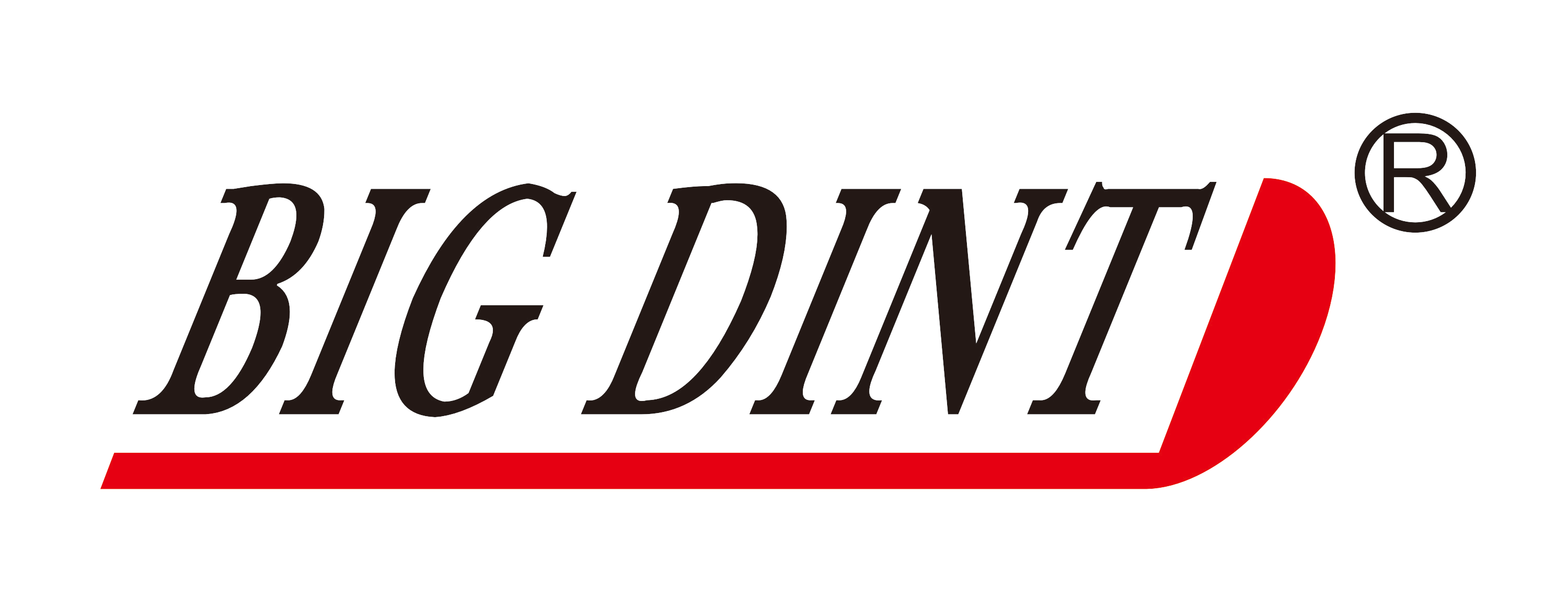
The Art of Fabrication: Crafting Reality from Imagination
2025/07/12 00:19
The Art of Fabrication: Crafting Reality from Imagination
When you think of the word fabrication, what comes to mind? Perhaps machines whirring in a factory or artists sculpting their next masterpiece? Fabrication is, in fact, a multifaceted term that encompasses a wide range of activities—from the simple act of creating something new to the complex engineering processes behind modern technology. Let's dive into this captivating world!
What Exactly is Fabrication?
In layman's terms, fabrication refers to the process of making something, especially in manufacturing. But it doesn't stop there! It can also mean the act of constructing, assembling, or even inventing new things. Think of it this way: every time you see a shiny new product, there's a good chance that fabrication played a role in bringing it to life.
The Many Faces of Fabrication
Fabrication isn’t just about metal and machines. Oh no, folks! It’s also about creativity, innovation, and sometimes a sprinkle of magic. Here are a few realms where fabrication shines:
1. Manufacturing
In factories, fabrication is the backbone of production. From assembling cars to producing electronics, raw materials transform into finished goods through meticulous fabrication processes. Ever seen a car being built? It’s like a dance with machines, each part fitting together seamlessly.
2. Art and Design
Artists and designers use fabrication to turn their wildest dreams into tangible forms. Sculptors may mold clay into stunning figures, while architects fabricate intricate models of their future buildings. Each piece tells a story, often reflecting the artist's vision and the culture surrounding it.
3. Technology and Prototyping
In the tech world, fabrication is crucial for developing prototypes. Engineers fabricate models to test ideas before they hit the market. Talk about an iterative process! It’s where brainstorming meets reality, allowing for innovation to flourish.
Why Fabrication Matters
So, why should we care about fabrication? Well, for starters, it’s all around us. Not only does it drive the economy, but it also fuels creativity and problem-solving. Here’s a quick rundown:
- Boosts Economy: Manufacturing jobs rely heavily on fabrication, contributing to economic growth.
- Encourages Innovation: The process of creating and prototyping leads to new ideas and products.
- Enhances Skills: Learning fabrication techniques can lead to valuable career opportunities.
The Future of Fabrication
With advancements in technology, the future of fabrication looks brighter than ever. Take 3D printing, for example! This groundbreaking method allows for intricate designs to be fabricated with minimal waste. Imagine printing your own tools, toys, or even a house! It’s like science fiction coming to life.
Sustainability and Fabrication
Moreover, the focus on sustainable practices means that fabrication will evolve to become more eco-friendly. New materials and methods are emerging, aiming to reduce our carbon footprint while still delivering high-quality products. Now, that’s something to cheer about!
Final Thoughts
In conclusion, fabrication is more than just a technical term; it’s a vital part of our daily lives. Whether you’re an artist, an engineer, or simply someone who appreciates the beauty of creation, understanding fabrication opens up a world of possibilities. So next time you pick up a product or admire a piece of art, remember the magic of fabrication that made it all possible!
Related News


 中文简体
中文简体 ENGLISH
ENGLISH Русский язык
Русский язык